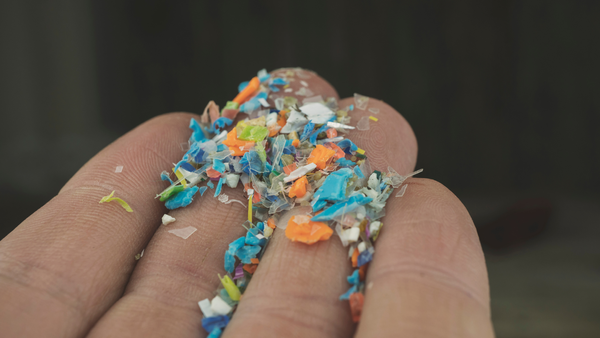Why Australia’s Circularity Rate Is Stuck at 4%—And How We Can Fix It
Australia’s circularity rate is shockingly low at just 4%, highlighting the need for a complete overhaul of our materials design and waste management systems.

Australia's circularity rate is shockingly low at only 4%.
A recent CSIRO report highlights a sobering reality: only 4% of materials in Australia are used in a closed loop, with the vast majority ending up as waste.
The good news is that this has increased marginally from 3.5 per cent in 2015.
The bad news is that this is half the global average.
While improving our recycling rates and infrastructure is crucial, we need to aim higher—towards materials that are inherently sustainable from the start... and at end-of-life.
Here's how we can drive change:
Re-engineer materials from the ground up.
Instead of relying on end-of-life recycling, we must design sustainable materials using sustainable and waste-based feedstocks. This is where upstream design comes in.
Invest in materials innovation
We need to ramp up investment in the plethora of innovative novel and alternative natural materials with built-in recyclability that bioassimilate at end of life, such as biobased composites and bioderived polymers made from seaweed or microalgae.
Take the leap into commercial scale
There are plenty of exciting pilots and press releases about promising bench-scale projects. There are also a lot of what I like to call PR-wash initiatives done by large corporate brands designed to win headlines and marketing awards but stand little chance of making it onto shop shelves or their global supply chains.
For real impact to take place, we need to commercially scale materials, packaging, and products made from food and agricultural waste so they can quickly reach homes and industries.
End-of-life infrastructure
Widespread implementation and adoption of collection and composting infrastructure for tested and certified compostable materials to ensure they end up as compost and not in a landfill at the end of life.
Sadly, in our current system here in Australia, most compostable materials are greenwash. They can't go in your yellow bin to be recycled, and they aren't allowed to be composted in your green FOGO bin. So they end up in a landfill, where they break down (like all organic matter in an anaerobic environment) as methane—a greenhouse gas.
Back to the middle and around again.
Our economy is so linear at the moment that we're not even close to a recycling economy, let alone a circular economy.

Our waste problem is a design problem, and we have to accept that recycling isn't the answer.
Circular economy thinking needs to be whole of system thinking. It’s time to rethink how we design, produce, and dispose of our materials.
We have the solutions. We just need the investment and political will to scale them quickly.





